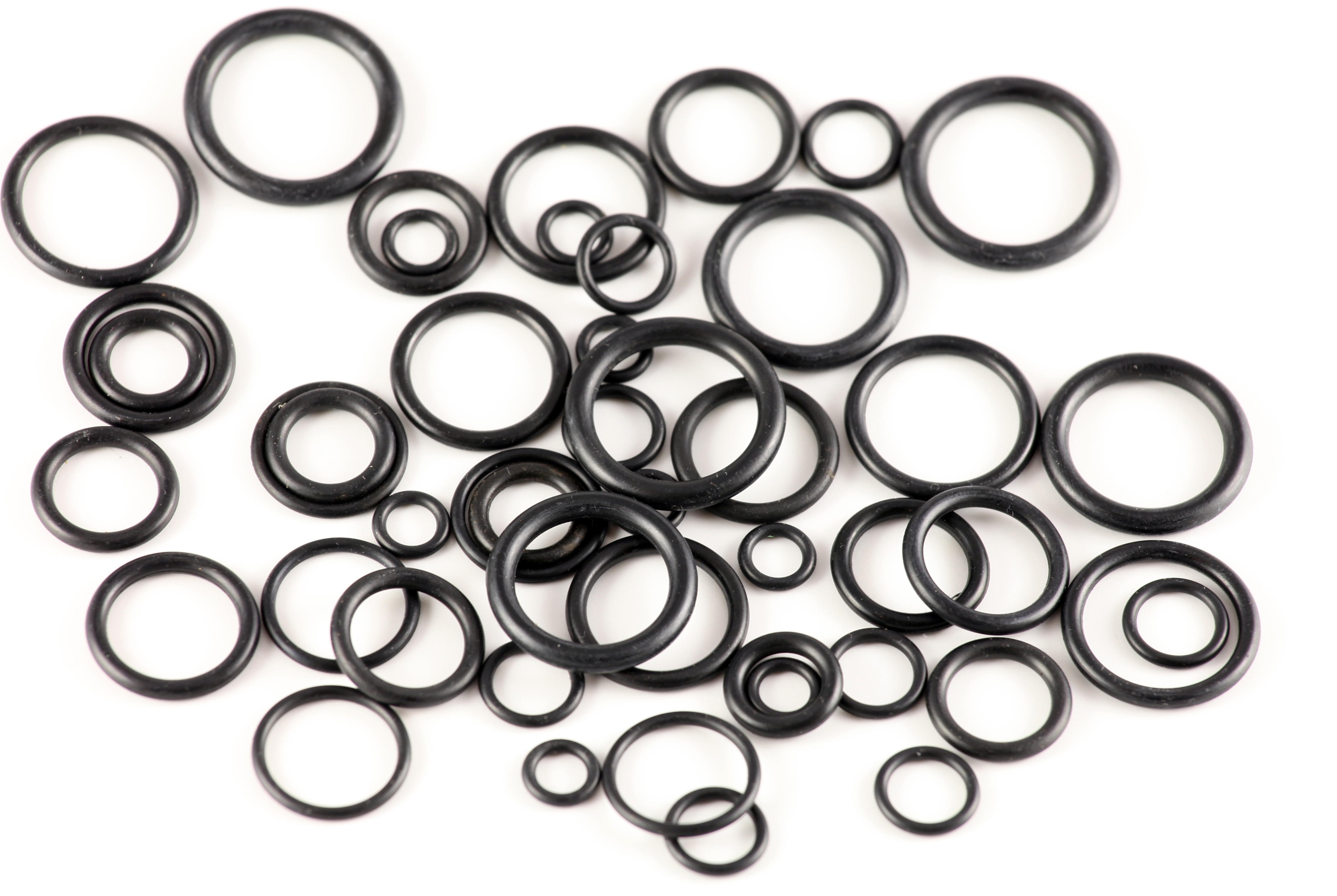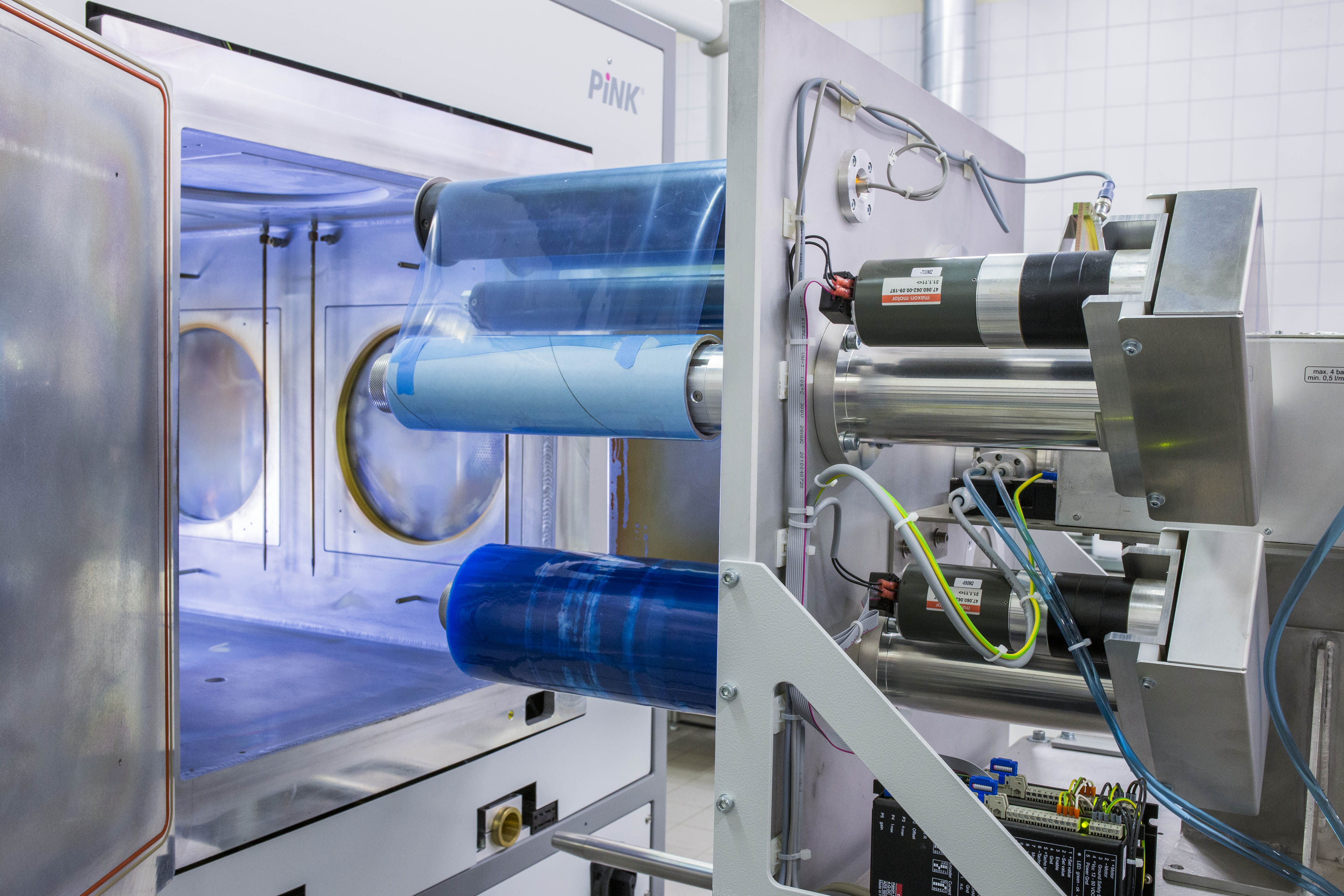According to the current status, materials with high chemical stability, e.g. TeflonTM, will also be severely restricted in their approval in the future. Some manufacturers are already discontinuing the production of fluorinated compounds, so that some necessary PFAS precursor molecules will no longer be available on the market in the future. A suitable replacement must therefore be found for the current applications of these materials.
Substitution of PFAS via new materials and coatings
Our development
Fraunhofer IGB has been an expert in the field of functional surfaces and materials for decades, including functions achieved via PFAS coatings. We use our expertise in the field of polymers, surfaces and coating technologies to offer our customers solutions that can be implemented quickly for their specific problems. The developed coatings are applied under laboratory conditions at Fraunhofer IGB using plasma processes, other chemical vapor deposition processes or wet chemicals. In doing so, we focus on a chemically stable (covalent) bond between material and coating, as this is crucial for the long-term and successful use of the substitution materials.
Benefits and technological readiness

Our approach to realizing optimal substitution materials is to select the material itself as close as possible to the requirement profile and to fine-tune the desired properties by coating the material surfaces. For example, in the case of a sealing ring (O-ring), this means that the bulk properties, e.g. the required shore hardness and ductility, are supplied by the bulk material. Other required properties, e.g. slippage and a barrier against swelling of the material, are produced by means of coatings.
For many applications, components of the future solution are already on the market, so that we are already entering at a high technology readiness level (TRL) for individual components. One challenge is the adaptation of the adhesion mediation between material and layer, whereby the leap to TRL 7 is also quickly achieved here. Thanks to our know-how in materials science – supported by very good surface analysis – industrially feasible solutions are quickly within reach, even when using completely new materials and substances.
Collaboration
In order to substitute PFAS, we first discuss the exact operating conditions of the materials to be replaced with our clients or partners and generate a specific requirement profile accordingly. It is often found that PFAS were used as highly stable compounds even without extreme requirements. In such cases, there are many alternatives without PFAS. For applications under harsh conditions (chemistry, temperature, abrasion, etc.), however, we dig deeper into our bag of tricks and proceed as described above to select the material and determine the coatings.
After implementing the concepts in the laboratory, the results are validated directly in application with our partners. If necessary, this is followed by an optimization phase before we scale the technology and transfer it to manufacturers or coaters.
 Fraunhofer Institute for Interfacial Engineering and Biotechnology IGB
Fraunhofer Institute for Interfacial Engineering and Biotechnology IGB